- Water Testing Meters
- Anemometer
- Length & Distance Meter
- Multimeter & Clamp Meter
- Light and Sound Meter
- Slide Calipers & Screw Gauge
- Thermometer & Hygrometer
- Milk Testing Meters
- Paper, Grain & Wood Testers
- Stopwatch & Timers
- Soil Testing Meters
- Refractometers & Analyzer
- Magnetic Compass
- Tachometer & Megger
- Thickness & Dia-Meters
- Other Meter And Accessories
Ammonium Buffer Solution, 1 Ltr. Lab Grade
৳ 1,300.00
- Ammonium Buffer Solution
- Pack Size: 1 Liter Bottle
- Made in India/Germany
SKU:
72656
Category: Solutions and Spray
Tags: Ammonium Buffer Solution, Buffer Solution, Chemical Price in BD, Lab Chemicals
Description
Ammonium buffer solution for complexometry (ammonium chloride/ammonia) pH = 10-11, is available in Labtex Bangladesh.
- pH value: 10.5 (H₂O, 20 °C)
- HS Code: 3822 00 00
- Density: 0.978 g/cm3 (20 °C)
- Declaration (in transport) IATA-DGR: No Dangerous Goods
- Lab Grade, Indian/Germany
An ammonium buffer solution typically consists of a weak base, ammonium hydroxide (NH₄OH), and its conjugate acid, ammonium chloride (NH₄Cl). This type of buffer can help maintain a stable pH in a solution, usually around pH 9 to 11, making it useful in various biological and chemical applications.
Components of Ammonium Buffer Solution:
- Ammonium Hydroxide (NH₄OH): The weak base.
- Ammonium Chloride (NH₄Cl): The salt provides the conjugate acid.
Preparation:
- Mix Solutions: Combine a certain volume of ammonium hydroxide with a known concentration of ammonium chloride.
- Adjust pH: Use a pH meter to ensure the solution is at the desired pH; adjust if necessary by adding more acid or base.
- Dilute: Add distilled water to achieve the desired final volume.
Function:
The buffer works by neutralizing small amounts of added acid or base. When an acid (H⁺ ions) is added, the NH₄⁺ ions from NH₄Cl react with it to form NH₄OH, while added bases are neutralized by NH₄OH.
General Applications of Ammonium Buffer Solution:
- Biological experiments (e.g., enzyme assays)
- Analytical chemistry (e.g., maintaining pH in titrations)
- Biochemical assays and protocols
Other hazards of Ammonium Buffer Solution
This substance/mixture contains no components considered to be either persistent,
bioaccumulative and toxic (PBT), or very persistent and very bioaccumulative (vPvB) at
levels of 0.1% or higher.
Ecological information:
The substance/mixture does not contain components considered to have endocrine
disrupting properties according to REACH Article 57(f) or Commission Delegated regulation
(EU) 2017/2100 or Commission Regulation (EU) 2018/605 at levels of 0.1% or higher.
Toxicological information:
The substance/mixture does not contain components considered to have endocrine
disrupting properties according to REACH Article 57(f) or Commission Delegated regulation
(EU) 2017/2100 or Commission Regulation (EU) 2018/605 at levels of 0.1% or higher.
Reviews (0)
Only logged in customers who have purchased this product may leave a review.
About brand
Merck is a global science and technology company, with a history spanning over 350 years, focused on healthcare, life science, and electronics, known for developing medicines, vaccines, and other innovative solutions. Merck aims to enable a safe, sustainable, and healthy future for all people and communities.Labtex Bangladesh is a seller, supplier and stockist of Merck brand chemicals and reagents in Bangladesh. We have home delivery service all over the Bangladesh.
Shipping & Delivery
Delivery within 1-3 working days in Dhaka City and 3-5 working days anywhere in Bangladesh.
Disclaimer and Declaration
We are using this website as a catalog or brochure to represent our company in the digital world. Here displayed products and the physical products may slightly vary due to the deviation of lighting sources, photography, or your device display settings. And to improve product quality and prevent counterfeiting, actual products may vary, which may not match the image shown here. And here prices shown may be changed depending on the market price. And all prices are without VAT and AIT. Displayed on this website are not our ready-stock products, but we can deliver within the due time, which means delivery within 1-3 days in Dhaka city and within 3-5 days anywhere in Bangladesh.N.B.: We can’t deliver liquid products outside of Dhaka City. Please don’t place an order for liquid products from outside Dhaka City.Special Caution: None of our chemicals is suitable for human consumption or use in food. These are only for Research and Analysis.
Website Disclaimer:
This website may use some copyrighted materials without specific authorization of the owner, but the contents used here which is under the “Fair Use” of website content Policy. Copyright Disclaimer Under section 107 of the Copyright Act 1976, allowance is made for “fair use” for purposes such as comment, news reporting, teaching, scholarship, research, and analysis. Fair use is a use permitted by copyright statute that might otherwise be infringing. Non-profit, educational, training, experimental, or personal use tips the balance in favor of fair use. If you have any complaints about our content or find any content, image, video, or text that is copyrighted by you and want to remove it from this website, please feel free to email us at Labtexbangla@gmail.com. Those contents will be removed from this website.বি: দ্র: আমাদের অফিস থেকে সরাসরি পণ্য নেওয়ার ক্ষেত্রে, আমাদের অফিসে আসার নূন্যতম ৩ ঘন্টা আগে ফোনে জানিয়ে আসতে হবে। নতুবা ততক্ষনাৎ অফিস থেকে পণ্য দেওয়া সম্ভব হবে না।বিশেষ সর্তকতাঃ আমাদের কোনও রাসায়নিকই মানুষের ব্যবহারের জন্য বা খাবারে ব্যবহারের জন্য উপযুক্ত নয়। এগুলি কেবল গবেষণা এবং বিশ্লেষণের জন্য।







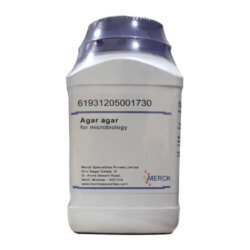
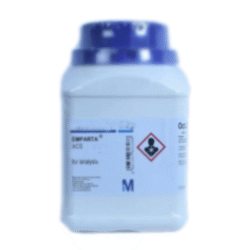
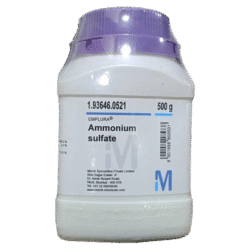

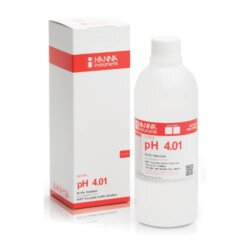
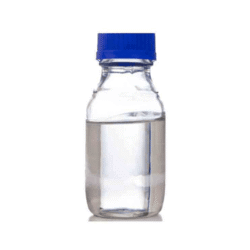

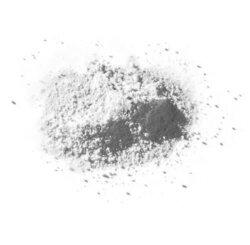

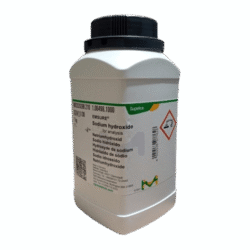
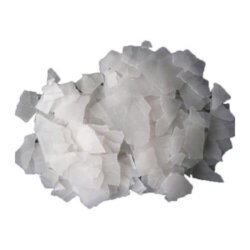
Reviews
There are no reviews yet.